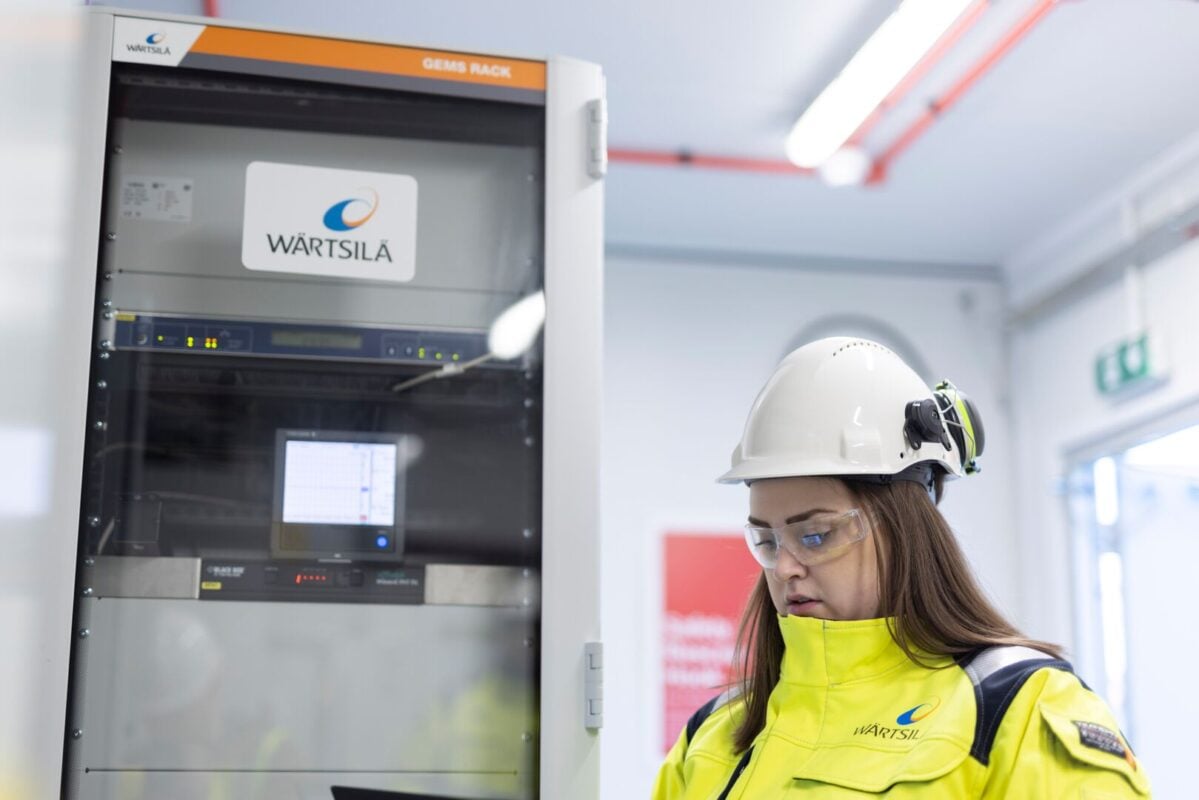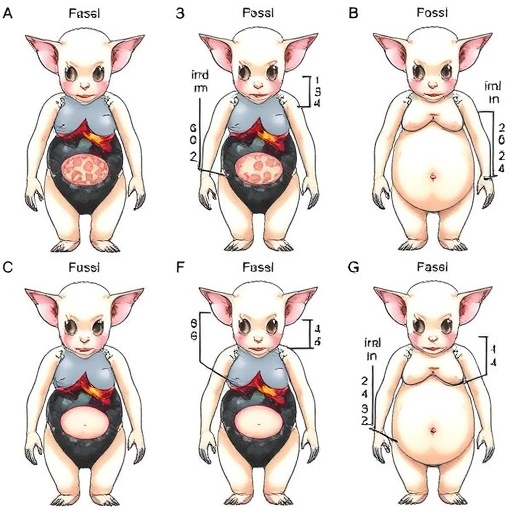Big government, big problems: Public corruption highest in places with large bureaucracies, report says – Fox News

Analysis of Public Corruption in the United States and its Implications for Sustainable Development Goal 16
Introduction
A recent analysis by the Cato Institute examines the prevalence of public corruption across the United States, providing critical data for assessing progress toward Sustainable Development Goal 16 (Peace, Justice and Strong Institutions). The findings highlight a significant correlation between the scale of government bureaucracy and the incidence of corruption, directly impacting SDG Target 16.5, which aims to substantially reduce corruption and bribery, and SDG Target 16.6, focused on developing effective, accountable, and transparent institutions.
Methodology
The report’s conclusions are based on an analysis of public corruption conviction data from the U.S. Department of Justice. The study encompassed all 94 federal judicial districts over a nearly 20-year period from 2004 to 2023. The primary metric used for comparison was the annual average number of convictions per 100,000 population.
Key Findings on Institutional Integrity
The data reveals significant regional disparities in public corruption, underscoring the varied challenges in achieving robust and transparent governance as outlined in SDG 16.
Regions with High Rates of Public Corruption
Certain districts demonstrate a higher incidence of corruption, presenting a substantial barrier to fostering the strong institutions required by SDG 16.
- Washington, D.C.: Ranked highest with an annual conviction rate of 3.49 per 100,000 population, totaling 469 convictions. The report attributes this to the high concentration of federal legislative and executive branch employees, which creates numerous opportunities for graft.
- Eastern District of Louisiana (including New Orleans): Ranked fourth with an annual conviction rate of 1.29 and a total of 430 convictions. This area has a long-standing reputation for state and local corruption.
Regions with Low Rates of Public Corruption
Conversely, some regions exhibit strong performance in maintaining institutional integrity, offering potential models for governance that align with SDG 16.
- New Hampshire: Exhibited the lowest rate of public corruption, with only 13 convictions over the entire period, resulting in an annual conviction rate of 0.05. The analysis links this to the state’s smaller government and lower regulatory burden.
Factors Influencing Corruption and SDG 16 Attainment
The analysis suggests several factors that influence the levels of public corruption, which are critical considerations for policies aimed at achieving SDG 16.
- Government Size and Regulation: The primary conclusion of the Cato report is that larger government structures, characterized by higher spending and more extensive regulations, create increased opportunities for bribery and embezzlement, thus undermining the principles of SDG 16.6.
- Socioeconomic and Cultural Factors: The report also acknowledges academic studies that propose alternative or additional causes for corruption disparities, including:
- Regional cultures
- Varying education levels (Relevant to SDG 4: Quality Education)
- Disparities in poverty rates (Relevant to SDG 1: No Poverty)
1. Relevant Sustainable Development Goals (SDGs)
SDG 16: Peace, Justice and Strong Institutions
- The article directly addresses the core issues of SDG 16, which aims to “Promote peaceful and inclusive societies for sustainable development, provide access to justice for all and build effective, accountable and inclusive institutions at all levels.” The entire analysis focuses on “public corruption,” its prevalence, and its connection to the nature of government institutions. The article’s discussion of corruption convictions is a measure of justice and institutional accountability.
2. Specific SDG Targets
-
Target 16.5: Substantially reduce corruption and bribery in all their forms.
- This target is the most relevant as the article is an explicit analysis of “public corruption.” The Cato Institute’s report, as described in the article, measures corruption levels across the U.S. The text mentions that larger governments “create more opportunities for bribery and embezzlement,” directly referencing the types of activities this target aims to reduce.
-
Target 16.6: Develop effective, accountable and transparent institutions at all levels.
- The article establishes a clear link between the structure of institutions and the prevalence of corruption. It states that corruption is “most prevalent in state and local governments that have larger bureaucracies and higher regulations.” This suggests that the effectiveness and accountability of these institutions are compromised, which is the central concern of Target 16.6. The comparison between Washington, D.C. (“a huge number of legislative and executive branch federal employees”) and New Hampshire (“one of the smallest governments”) reinforces this connection.
3. Indicators for Measuring Progress
- The article provides specific, quantifiable indicators used by the Cato Institute to measure corruption, which can be used to track progress towards the identified targets.
- Annual average number of convictions per 100,000 population: This is the primary metric cited in the article. It is used to rank different regions, as stated: “[The Cato Institute] measured the annual average number of convictions per 100,000 population over the 2004–2023 period.” For example, Washington D.C.’s rate was “3.49,” and New Hampshire’s was “.05.”
- Total number of public corruption convictions: The article also uses the absolute number of convictions as an indicator of the scale of corruption in a specific area over the studied period. For instance, it notes that “Washington, D.C., topped the rankings with 469 total convictions,” and Louisiana’s eastern district had “430 total convictions.”
4. Summary Table of SDGs, Targets, and Indicators
| SDGs | Targets | Indicators |
|---|---|---|
| SDG 16: Peace, Justice and Strong Institutions |
|
|
Source: foxnews.com

What is Your Reaction?
 Like
0
Like
0
 Dislike
0
Dislike
0
 Love
0
Love
0
 Funny
0
Funny
0
 Angry
0
Angry
0
 Sad
0
Sad
0
 Wow
0
Wow
0


























.png.webp?itok=oUrWXcvl#)

:focal(2620,1821)/https://media.globalcitizen.org/60/0a/600a77ce-594c-49ce-b428-dd977e3d2328/d4_csdw_thailand_2149_1.jpg?#)


















































